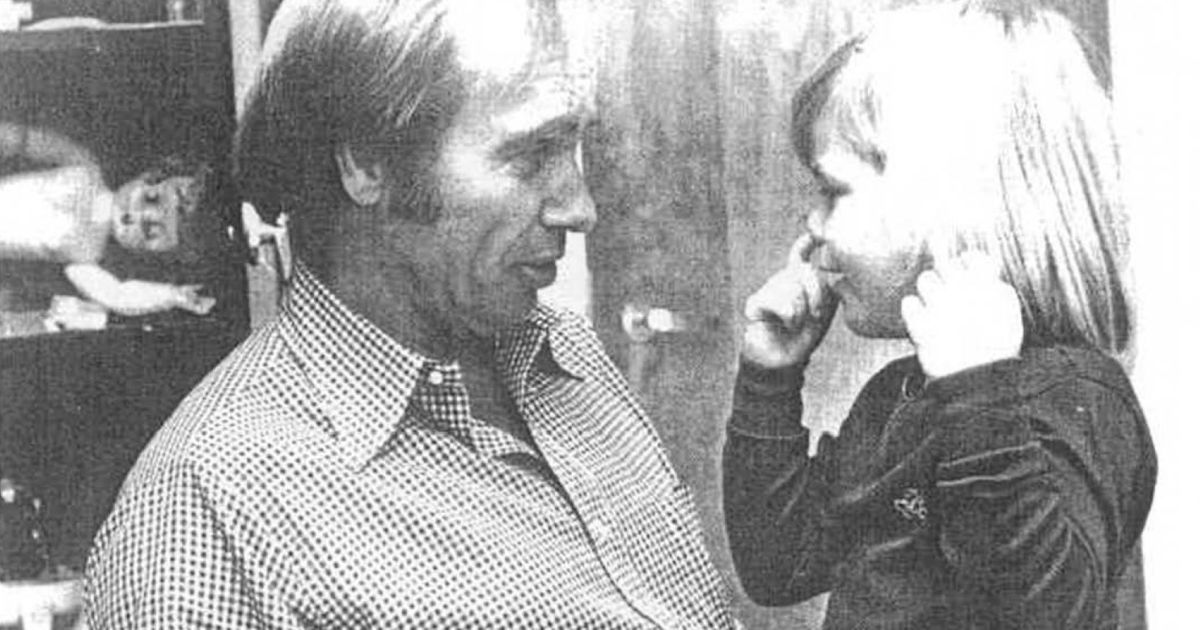
Understanding the Evolution of Applied Behavior Analysis (ABA) is essential for comprehending its profound impact on psychology, education, and therapy. Since it was initially developed by Dr. Ivar Lovaas in the 1960s, ABA has undergone a remarkable transformation, shaping the field of behaviorism and influencing various domains beyond its original scope.
In its nascent stages, ABA primarily focused on modifying behavior through reinforcement and conditioning, particularly in individuals with autism spectrum disorder (ASD). Lovaas’s groundbreaking work demonstrated the effectiveness of intensive behavioral interventions in enhancing the communication and social skills of children with ASD.
However, as ABA continued to evolve, its applications expanded to address a broader range of behavioral needs and populations. Researchers and practitioners began integrating principles of ABA into diverse settings, including education, organizational management, and even sports coaching. The emphasis shifted towards a more comprehensive understanding of human behavior, encompassing cognitive processes, emotions, and environmental factors.
Moreover, the evolution of ABA witnessed the development of innovative techniques and methodologies, such as crucial pivotal response training (PRT) (a naturalistic teaching method) and functional communication training (FCT) (teaching communication according to the learners specific learning and communication profile), further enhancing its effectiveness and applicability across different contexts.
By diving into the history of ABA therapy, we gain valuable insights into its theoretical foundations, empirical evidence, and practical implications, so keep reading!
The Origins of ABA Therapy: ABA History
Applied Behavior Analysis (ABA) therapy, while often associated with the pioneering work of psychologist Dr. Ivar Lovaas, has deeper roots in the broader field of behaviorism. Emerging in the early 20th century, behaviorism emphasized the study of observable behaviors and the environmental factors that influence them. B.F. Skinner, another influential figure in behaviorism, laid the theoretical groundwork for ABA with his research on operant conditioning (a method of learning that uses reward) and reinforcement.
ABA therapy as a formalized treatment approach began to take shape in the 1960s and 1970s, drawing from the principles of behaviorism and Skinner’s work. During this period, researchers and practitioners sought to apply these principles to address various behavioral challenges, including those associated with developmental disabilities.
While Lovaas’s work is often credited with popularizing ABA therapy for individuals with autism spectrum disorder (ASD), other researchers and clinicians also contributed to its development. They conducted studies, designed interventions, and refined techniques to improve behavioral outcomes in diverse populations.
As ABA therapy gained recognition and empirical support, it evolved into a comprehensive approach for promoting positive behavior change across different contexts. Today, ABA therapy continues to grow, incorporating new research findings and innovative techniques while remaining rooted in the fundamental principles of behaviorism. Its origins reflect a rich history of scientific inquiry and practical application in the pursuit of improving the lives of individuals with behavioral and learning challenges.
Who is the Founder of Applied Behavior Analysis?

Ivar Lovaas (1927-2010) is not just a name in the history of ABA therapy and autism intervention, but a pioneer who revolutionized these fields. He partnered in the invention of ABA therapy as a formalized treatment approach for children with autism spectrum disorder (ASD) is a testament to his dedication and groundbreaking research over nearly half a century. His work has significantly improved the lives of individuals with autism and their families.
In the 1960s, Lovaas helped pioneer applied behavior analytic (ABA) interventions, focusing on reducing severely challenging behaviors and establishing communicative language skills in children with autism. His work laid the foundation for what would become ABA therapy, emphasizing the importance of structured interventions based on the principles of behaviorism.
One of Lovaas’s most significant contributions was his emphasis on the importance of early intervention, particularly for preschoolers with autism. His innovative approach advocated for delivering intensive ABA therapy in family homes, with active parental participation, to maximize its effectiveness. His studies showed that this method led to many children making significant developmental gains, a testament to the effectiveness of his approach.
Lovaas’s contributions extended beyond his research and clinical practice. His role was crucial in disseminating ABA therapy through intervention manuals, educational films, and public speaking engagements. Additionally, his passion for teaching and mentorship inspired numerous students and colleagues to pursue careers in ABA and autism intervention, further advancing the field.
Evolving Practices in ABA
Applied Behavior Analysis (ABA) therapy has continuously evolved its practices to meet the changing needs of individuals and the growing understanding of behavioral science. Initially developed as a method to address behavioral challenges in children with autism spectrum disorder (ASD), ABA has expanded its applications to various populations and settings.
One notable evolution in ABA practices is the shift towards a more holistic and individualized approach. Recognizing that every individual is unique, contemporary ABA practitioners tailor interventions to specific needs, preferences, and strengths. This person-centered approach enhances effectiveness and also promotes greater client satisfaction and engagement.
Moreover, ABA therapy has embraced technological advancements to improve service delivery and outcomes. The ability to integrate digital platforms, such as telehealth and mobile applications, has made ABA interventions more accessible, convenient, and efficient for clients and therapists alike.
These technologies enable remote supervision, data collection, and real-time feedback, enhancing the quality and reach of ABA services. Additionally, ABA has expanded its focus beyond autism to address a broader range of behavioral needs and populations.
From developmental disabilities and mental health disorders to organizational management and sports coaching, ABA principles are applied in diverse contexts to promote positive behavior change and improve the quality of life. As ABA continues to evolve, it remains grounded in its core principles while embracing innovation and adaptation. Thus better-serving individuals and communities worldwide.
Timeline of ABA Therapy’s History
The timeline of Applied Behavior Analysis (ABA) therapy’s history has many significant milestones that have shaped its evolution into a widely recognized, safe and effective intervention for individuals with behavioral challenges.
- Early 20th Century: Behaviorism emerges as a dominant school of thought in psychology, laying the groundwork for ABA therapy. B.F. Skinner’s work on operant conditioning and reinforcement principles becomes foundational.
- 1960s: Dr. O. Ivar Lovaas (one of the founders of ABA) helps pioneer ABA interventions, focusing on reducing severely challenging behaviors and establishing a communicative language in children with autism spectrum disorder (ASD).
- 1980s: Lovaas publishes seminal research demonstrating the effectiveness of early intensive behavioral intervention (EIBI) for children with ASD. ABA therapy has gained widespread recognition in the field of autism intervention.
- 1990s: ABA therapy expands beyond autism to address a broader range of behavioral issues and populations. Research studies continue to validate its efficacy across diverse contexts.
- 2000s: Technological advancements, such as telehealth and mobile applications, revolutionize ABA service delivery, making interventions more accessible and efficient for clients and therapists.
- Present: ABA therapy continues to evolve with a focus on safe, individualized, and evidence-based interventions tailored to the needs of each client. Its applications extend beyond clinical settings to education, organizational management, and other fields, demonstrating its versatility and effectiveness in promoting positive behavior change and improving quality of life.
ABA Therapy Spokane WA & Oakland CA | Circle ABA
Circle ABA‘s presence in Spokane, WA, and the San Francisco Bay Area in CA, underscores the widespread recognition and accessibility of Applied Behavior Analysis (ABA) therapy across diverse communities. Through safe, personalized, and evidence-based interventions, our team is committed to empowering individuals with autism to achieve their full potential and lead fulfilling lives. By embracing innovation and collaboration, we continue to develop and extend our practices to meet the growing needs of clients and families.
Whether in Spokane, WA or the Bay Area of California, our dedication to excellence, compassion, and client-centered care remains unwavering, reflecting our commitment to making a positive difference in the lives of those who we serve. Contact us today!

 iMedPages
iMedPages